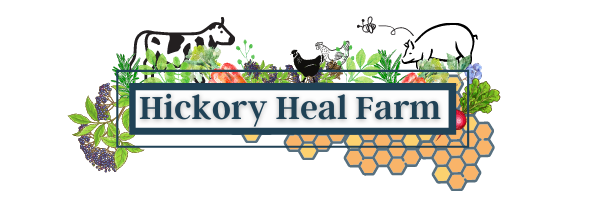Hibiscus Flowers is a highlight in my garden. We all are amazed by its generous beauty.
Dried Hibiscus Flowers have many uses that include commercial, culinary and medicinal. Commercially, these dried herbs are used in the manufacture of paper. The organic herbs are also quite edible; fresh, cut Hibiscus Flowers are eaten in salads, while the dried petals are typically brewed in tea. In fact, in Mexico, Hibiscus Flower Tea served sweetened and served over ice is a popular and refreshing beverage, which is known in that country “Jamaica water.” The tart flavor is reminiscent of mild cranberry juice; in Jamaica itself, Hibiscus Flowers are used to making jam.
To read more about Roselle, Hibiscus sabdariffa, Malvaceae Family on the blog. Roselle has a history of being enjoyed by people throughout the world. The medicinal actions of Roselle is a hypotensive, anti-inflammatory, cholesterol-lowering, antioxidant. The anthocyanins make it great for the cardio-system.
Edible Parts: All parts of Hibiscus sabdariffa are edible: calyxes, leaves, and flowers.
Medicinal Parts: Calyxes and flowers.
Preparations: Tea, honey, syrup, chutney, vinegar, wine, popsicles, and jams. Infusions, Decoctions, and Tinctures.
Herbal Actions: Diuretic, hypotensive, anti-inflammatory, cardiotonic, astringent, cholesterol-lowering, antioxidant, antimicrobial, and demulcent.
Cautions: Acetaminophen (Tylenol, others) interacts with Hibiscus. Drinking a hibiscus beverage before taking acetaminophen might increase how fast your body gets rid of acetaminophen.

















Reviews
There are no reviews yet.